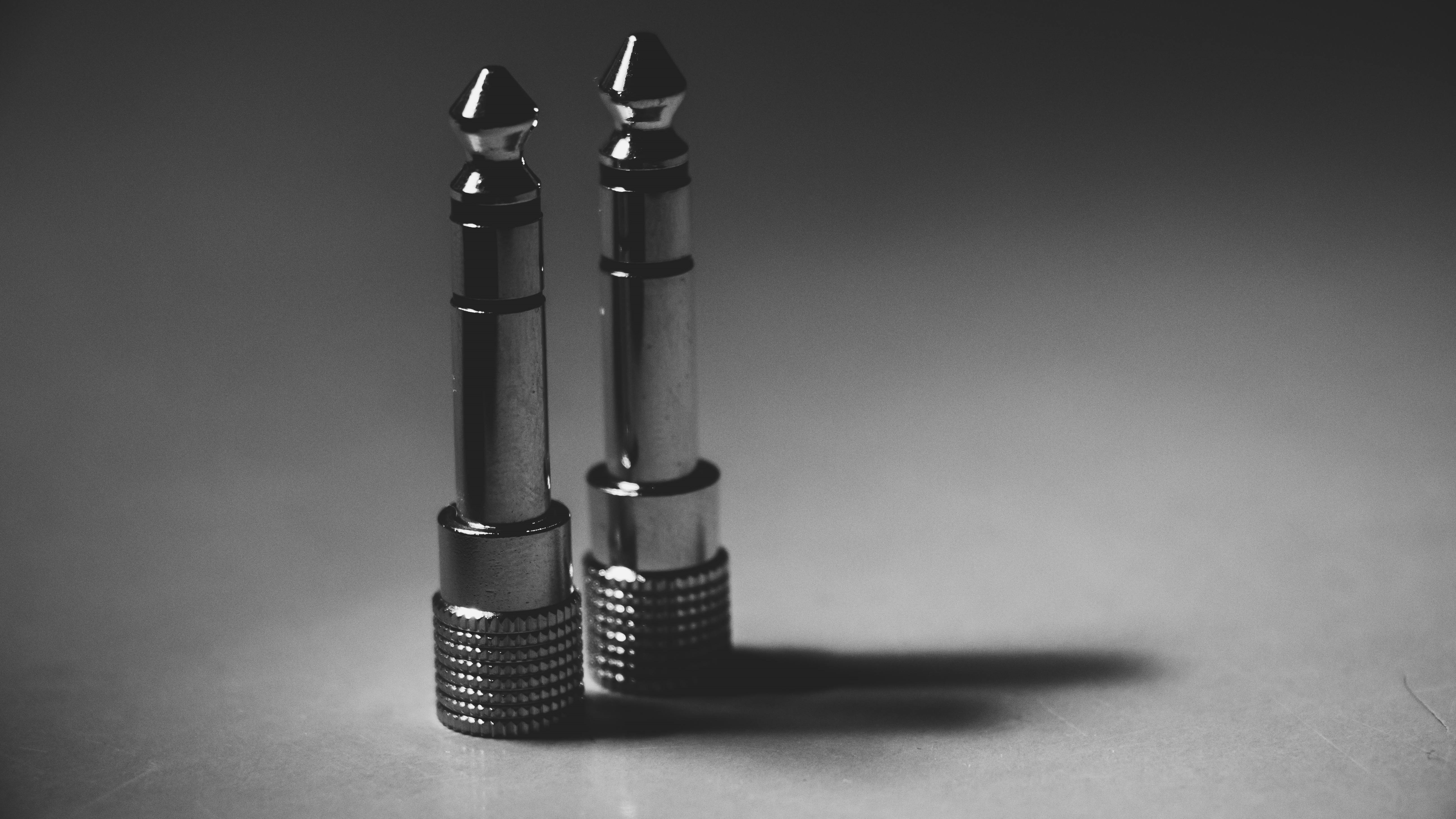CNC Turning
Enhance your product with CNC turning for precise cylindrical shaping, ensuring optimal functionality and efficiency in your design.

Enhance your product with CNC turning for precise cylindrical shaping, ensuring optimal functionality and efficiency in your design.

CNC turning is a crucial machining method involving a lathe and computer-controlled tools to gradually shape a rotating workpiece. Governed by numerical control, this precise process creates intricate cylindrical components. Notably, CNC turning has the capability to incorporate live tooling, enabling additional operations like milling and drilling without repositioning. This automated and highly precise process is indispensable in manufacturing for crafting shafts, pins, and cylindrical parts across diverse industries, including automotive and aerospace.

CNC turning is a versatile machining process suitable for a variety of materials. Common materials that can be turned include:
The most significant advantage of CNC turning in industry is its exceptional efficiency in producing rotational parts and components. CNC turning excels in crafting cylindrical shapes, such as shafts and pins, with speed and precision. This efficiency becomes particularly pronounced in scenarios where the primary requirement is rotational symmetry. The continuous rotational motion of the workpiece in CNC turning allows for rapid material removal and streamlined production, making it a pivotal method for manufacturing components like screws, bolts, and other rotationally symmetric parts.